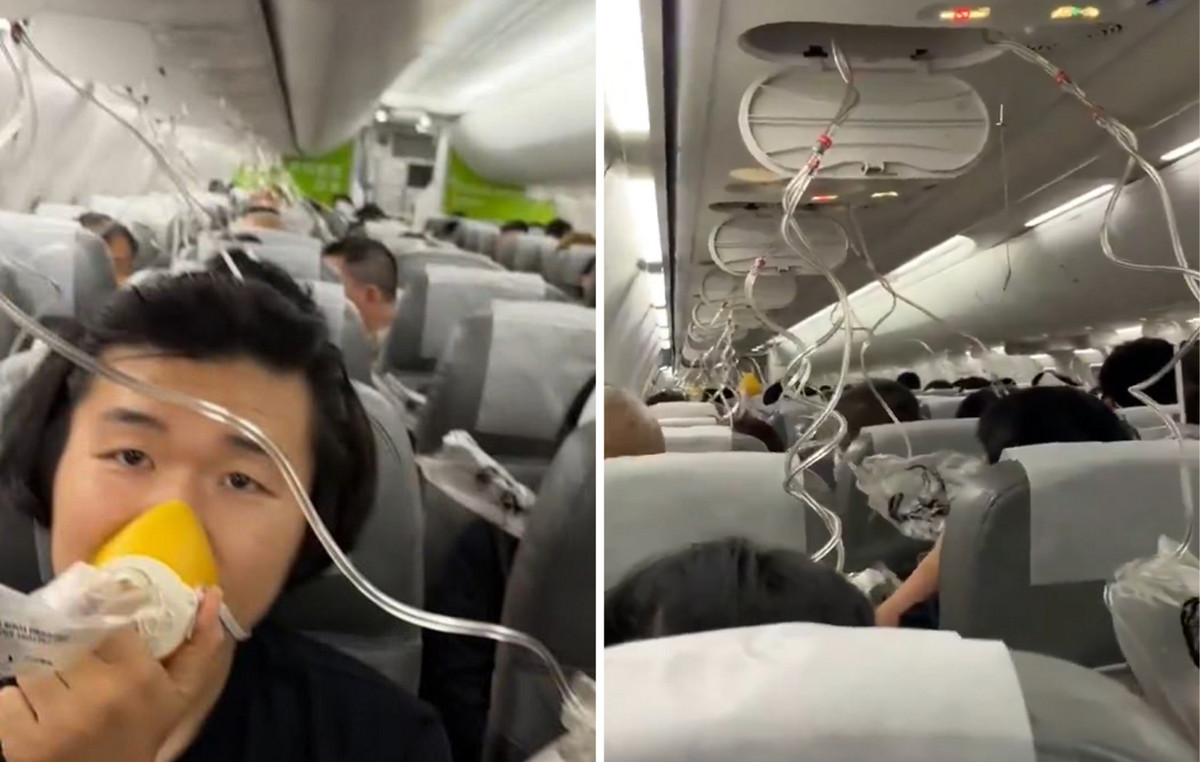There is a film by Giorgio Diritti called The man who will cometells the story of a newborn baby who is saved, thanks and together with his sister, from the Marzabotto massacre, one of the major acts of violence against the civilian population that occurred in Italy during the Second World War. The President of the Republic Sergio Mattarella will be this Sunday in Marzabotto, on the Bolognese Apennines with his German colleague Frank-Walter Steinmeier, as their predecessors Johannes Rau and Carlo Azeglio Ciampi did in 2002. Between 29 September and 5 August 1944 770 people were killed by the Waffen-SS, with the help of the Black Brigades.
Monte Sole massacre
Marzabotto is the largest of the municipalities affected, but the massacre also occurred in the territories of Grizzana Morandi and Monzuno and for this reason it would be more correct to speak of the Monte Sole massacre. Not a single massacre, but a series of massacres in the Apennine area of the province of Bologna. One of the most serious war crimes committed against the civilian population occurred between 29 September and 5 October 1944. Among the 770 deaths there were 216 children, 316 women, 142 over sixty.
The context
There is a massacre that precedes that of Marzabotto, it is the Sant’Anna di Stazzema massacre committed on 12 August 1944. Even in that case a Nazi-fascist massacre against civilians. Two and a half months later Field Marshal Albert Kesselring decided to strike the Red Star partisan brigade and the civilians who supported it. The Marzabotto massacre is one of the most serious war crimes against the civilian population carried out by the German armed forces in Western Europe during the Second World War: the bloodiest massacre committed in Italy during the Nazi occupation.
The commander and the operation
The head of the operation was called Walter Reder. He was the commander of the 16th armored reconnaissance battalion of the SS-Panzergrenadier-Division Reichsführer SS. On his orders on the morning of September 29, four departments of Nazi troops surrounded and raked an area of territory between the Setta and Rhine valleys, also using heavy weapons. From the hamlets they went towards the larger centers attacking homes, farms, schools and churches.
The inhabitants of the hamlet of Casaglia di Monte Sole took refuge in a church. The population was praying in the church of Santa Maria Assunta. The Germans entered and killed the priest, Don Ubaldo Marchioni, and three elderly people with a burst of machine gun fire. The other people were gathered in the cemetery and killed: 195 victims, from 28 families including 50 children. This was the beginning of the massacres that spared no one. The Anpi website recalls a detail to describe the horror: at the end of the following winter the decapitated body of Don Giovanni Fornasini was found under the snow.
After the massacre
Rumors that there had been massacres in the hills began to circulate in the following days, but were denied by the fascist authorities in the area and by the local press. Only after the Liberation did the extent of the massacre begin to emerge.
On 17 October 1945 in Brescia and 30 September 1946 in Bergamo the fascists who led the SS during the massacre were condemned. Reder was captured by the British in Salzburg on 5 May 1945 and was handed over to Italy. He was tried by the Military Tribunal of Bologna in 1951 and sentenced to life imprisonment for the massacres in Tuscany and for part of those in Bologna. The sentence was confirmed on appeal. On 30 April 1967 Reder sent a letter to the Marzabotto community asking for forgiveness. He was denied by the population. On 15 July 1980 he was granted semi-freedom in Gaeta prison and was released in 1985. He said, after returning to Austria, that he had not asked for forgiveness: the letter had been written by his lawyer. He died on May 2, 1991.
The Attorney General at the Military Court of Appeal of Rome, Marco De Paolison 16 January 2007, obtained at the Military Court of La Spezia the life sentence of 10 German non-commissioned officers and soldiers, aged over eighty, all of whom had died in the meantime.
The commemoration
On the day of the 80th anniversary of the massacre, the visit of the President of the Republic Sergio Mattarella to Germany ends in the Bolognese Apennines. With the head of state there will be German President Frank-Walter Steinmeier. Already in 2002, a president of the Italian Republic had officially gone to the sites of the Nazi-fascist massacre together with a German president. They were Johannes Rau and Carlo Azeglio Ciampi. It was a gesture of reconciliation between the German people and the Italian people: Rau apologized to the victims and their families.
The words of the German president: «I am grateful that, immediately after President Mattarella’s state visit, we will go together to Marzabotto to participate in the commemorations. Eighty years ago, SS units massacred hundreds of civilians. The Marzabotto massacre and other massacres in Italy have left deep wounds. I am full of humility in being able to participate in the commemoration of the victims of the crimes committed in Marzabotto. And I am grateful that there is an Italian-German fund for the future, which follows many projects of elaboration of our common past. A fund that contributes in an important way to ensuring that young people have knowledge of the past.”
Source: Vanity Fair
I’m Susan Karen, a professional writer and editor at World Stock Market. I specialize in Entertainment news, writing stories that keep readers informed on all the latest developments in the industry. With over five years of experience in creating engaging content and copywriting for various media outlets, I have grown to become an invaluable asset to any team.







